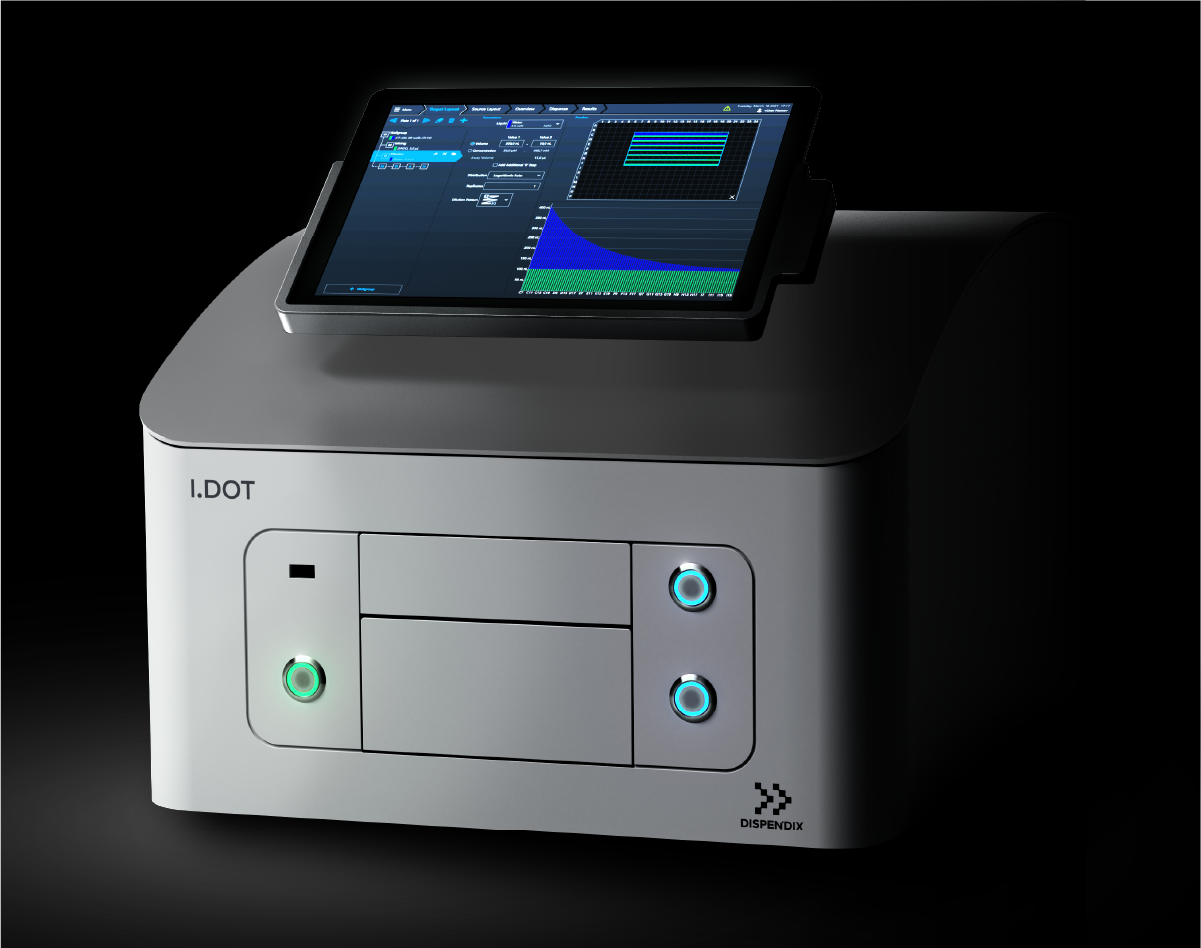Understanding early gene activity in Drosophila embryos has been a difficult goal for developmental researchers, hampered by two major challenges: their rapid pace of development and scarce material to study them.
The paper Continuous transcriptome analysis reveals novel patterns of early gene expression in Drosophila embryos, by researchers from the Van Andel Institute and the Max Planck Institute of Immunobiology and Epigenetics (Fig. 1), introduces a groundbreaking miniaturized and semiautomated version of RNA sequencing method that overcomes these obstacles, offering high-resolution, time-sensitive insights into the transcriptome of early (less than 3 hours old) Drosophila embryos.
.png?width=689&height=377&name=From%20Chaos%20to%20Clarity%20Unveiling%20Early%20Gene%20Expression%20in%20Drosophila%20Using%20RNASeq%20%26%20the%20I.DOT%20(Cell%20Genomics).png)
Figure 1. The paper Continuous transcriptome analysis reveals novel patterns of early gene expression in Drosophila embryos in the publication Cell Genomics.
Unlike traditional methods that require staging embryos, this approach analyzes individual embryos and orders their transcriptomes along a developmental "pseudo-time" timeline. This reveals the precise timing of activation and deactivation for thousands of genes, providing an unprecedented level of detail.
By identifying sex-specific signatures in the data, researchers can directly determine the sex of each embryo, eliminating the need for separate genotyping and offering a window into sex-biased gene expression from the very start of development. This powerful technique promises to revolutionize our understanding of the intricate transcriptional processes that orchestrate the early stages of life.
The protocol Single-embryo RNA sequencing for continuous and sex-specific gene expression analysis on Drosophila, by the same researchers as above (Fig. 2), was later published, and presents a method to overcome these hurdles.
%202.png?width=679&height=357&name=From%20Chaos%20to%20Clarity%20Unveiling%20Early%20Gene%20Expression%20in%20Drosophila%20Using%20RNASeq%20%26%20the%20I.DOT%20(Cell%20Genomics)%202.png)
Figure 2. The protocol Single-embryo RNA sequencing for continuous and sex-specific gene expression analysis on Drosophila published in STAR Protocols.
Library Prep and RNASeq
The STAR protocol details every step, from collecting samples and isolating RNA to conducting and processing RNASeq. This detailed process for sequencing 192 Drosophila embryos during their first 3 hours of development utilized the I.DOT Liquid Handler (Fig. 3).
%203.png?width=571&height=614&name=From%20Chaos%20to%20Clarity%20Unveiling%20Early%20Gene%20Expression%20in%20Drosophila%20Using%20RNASeq%20%26%20the%20I.DOT%20(Cell%20Genomics)%203.png)
Figure 3. Modified figure adapted from Pérez-Mojica JE, Enders L, et al. shows the step-by-step single-embryo RNA sequencing protocol (2023).
It offers flexibility, as it is applicable to zebrafish and mouse embryos, as well, and is adaptable to other liquid handlers capable of dispensing small volumes. The method involves pooling 192 embryos for two sequencing libraries and encompasses computational analysis for data interpretation.
It provides two options for sex determination: (1) an in silico approach for embryos 1.5-3 hours into development, and (2) a separate protocol for sex chromosome genotyping. This comprehensive method empowers researchers to investigate early embryonic gene expression with flexibility and precision.
The key steps are as follows:
- RNA resuspension and dispensing: Dried RNA is re-suspended in 8 μL of water and precisely distributed 120 nL of RNA sample into individual wells containing 240 nL primer mix, spike-in RNA, and unique identifiers. All pipetting steps were semiautomated and carried out using the I.DOT Non-Contact Dispenser (Fig. 3).
- cDNA conversion: RNA undergoes two separate reactions for first-strand and second-strand cDNA synthesis.
- cDNA pooling and in vitro transcription: cDNA from multiple embryos is pooled, cleaned, and amplified into aRNA (amplified RNA).
- aRNA fragmentation and cleaning: aRNA is fragmented and purified to a specific size range.
- First-strand synthesis: aRNA is reverse-transcribed back into cDNA.
- PCR amplification: cDNA undergoes PCR amplification with specific primers to generate libraries.
- Library cleaning and sequencing: Libraries are purified and sequenced using NovaSeq 6000, resulting in high-quality paired-end reads for each embryo.
This protocol also establishes a continuous dataset for gene expression throughout early development, allowing for sex-specific analysis. This opens up exciting possibilities for studying the intricate and dynamic processes of early Drosophila embryogenesis, and provides valuable insights into early developmental gene expression patterns.

Dive Deeper Into Your Developmental Research
Learn how the I.DOT Non-Contact Dispenser's capabilities can revolutionize your developmental and early embryonic research. See the I.DOT Liquid Handler in action and experience its precision and efficiency firsthand. Book a demo today and explore the I.DOT's features in detail!
References
Pérez-Mojica JE, Enders L, Lau KH, Lempradl A. Single-embryo RNA sequencing for continuous and sex-specific gene expression analysis on Drosophila. STAR Protoc. 2023 Sep 7;4(3):102535. doi: 10.1016/j.xpro.2023.102535. Epub ahead of print. PMID: 37682716; PMCID: PMC10493594.
Pérez-Mojica JE, Enders L, Walsh J, Lau KH, Lempradl A. Continuous transcriptome analysis reveals novel patterns of early gene expression in Drosophila embryos. Cell Genom. 2023 Feb 15;3(3):100265. doi: 10.1016/j.xgen.2023.100265. PMID: 36950383; PMCID: PMC10025449.